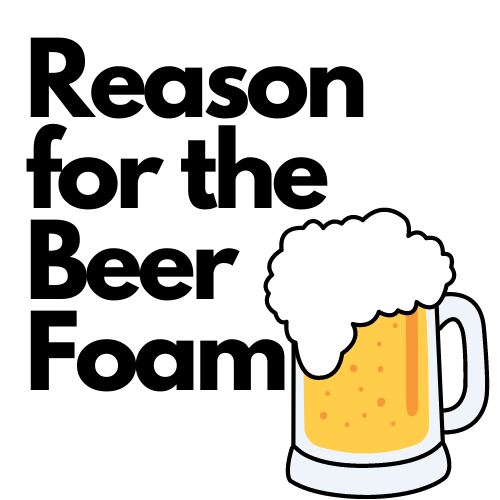No two beer forms the same kind of head.
Beer head is the foam on top of a beer which is produced by bubbles of gas, predominantly CO2 rising to the surface. This process is known as Nucleation. The process of nucleation begins when a beer is opened. Opening a beer causes a fast and rapid drop in pressure which enables CO2 dissolved within the beer to escape. The bubbles are encouraged by microscopic cheerleaders known as nucleation points (imperfections in the bottoms and sides of the beer container where CO2 gathers until they reach a critical volume and detach, rising to the top of the container. Nucleation to an extent explains the fat that there are a large group of proteins and smaller polypeptides that can act as foam agents individually or as a group. A lot of variables impact the differences in head foam quality, texture, and retention.


Foaming Agents
“You need some substances to stabilize the bubble walls in the foam to keep it around a long time.”
By Siebert (Stroh Brewery Company in Detroit)
There are a variety of factors, both internal and external which determines foaminess in beer. They include:
- Lipid Transfer Protein 1 (LTP 1)– Naturally occurring in barley. It is an highly hydrophobic large protein that doesn’t mix with water. In beers, it seeks out CO2 as a product of fermentation and up rides the bubbles to the surface where it forms a coat around every bubble. It forms an extra layer that protects the bubbles, resulting in a stabilized longer lasting heads.
- Protein Z (Albumins)– These proteins form complex bonds with bitter hop compounds ISO-ALPHA acids which are responsible for forming heavy lacing (a process in which LTP 1 proteins form a coating around every foam bubble by interacting with other compounds) in hopped beers and hence, retain their heads and makes heads more ridged, stable and clingy.
- – PH– According to a study by Karl Sierbert, the director of Cornell University brewing program, reports that beer with a higher PH around 4.6 would likely have better foam than beer at a lower PH such as 3.8. An alcohol level of around 5% is ideal for maintaining a frothy bitter compounds such as the ISO-ALPHA acids
- Yeast
- Hordeins
- Glutellins
It is also important to note that the density and longevity of the head will be determined by the type of malt and adjunct from which the beer was fermented .
Different mash schedule and cereal sources also influence head retention. In general, wheat tends to produce larger and longer lasting heads than barley.
Foam Effect on Flavor
A beer tastes differently when it’s topped with a head of foam and this is due to surface active compounds that move into bubble walls as they move through to the glass surface. Foam has a taste effect which are actually perceived physically. The creamy, fluffy feel of foam can alter the perception of any given beer , hence softening the overall plate. Foam brings more odor compounds to the surface of beer, thereby, opening up the full range of flavors


